Flutter is Google’s SDK for crafting beautiful, fast user experiences for mobile, web, and desktop from a single codebase. Flutter works with existing code, is used by developers and organizations around the world, and is free and open source.
The online documentation of Flutter is a great source of information, but sometimes you’d rather glance quickly at an example. This Flutter cheat sheet has some sample code. Just grab it and go!
Init
flutter create my_projectSpecify organisation name
flutter create --org com.yourorg your_projectHealthcheck
flutter doctorHello World
import 'package:flutter/material.dart';
void main() {
runApp(MyApp());
}
class MyApp extends StatelessWidget {
@override
Widget build(BuildContext context) {
return MaterialApp(
title: 'Hello world!',
home: Scaffold(
body: Center(
child: Text('Hello world'),
),
),
);
}
}Stateless Widget
import 'package:flutter/material.dart';
class Greeter extends StatelessWidget {
Greeter({Key key @required this.name}) : super(key: key);
final String name;
@override
Widget build(BuildContext context) {
return Container(
child: Text('Hello, $name'),
);
}
}Required and default props
import 'package:flutter/material.dart';
class SomeComponent extends StatelessWidget {
SomeComponent({
@required this.foo,
this.bar = 'some string',
});
final String foo;
final String bar;
@override
Widget build(BuildContext context) {
return Container(
child: Text('$foo $bar'),
);
}
}Stateful Widget
import 'package:flutter/material.dart';
class WidgetWithState extends StatefulWidget {
@override
_WidgetWithStateState createState() => _WidgetWithStateState();
}
class _WidgetWithStateState extends State<WidgetWithState> {
int counter = 0;
increment() {
setState(() {
counter++;
});
}
decrement() {
setState(() {
counter--;
});
}
@override
Widget build(BuildContext context) {
return Row(
children: <Widget>[
FlatButton(onPressed: increment, child: Text('Increment')),
FlatButton(onPressed: decrement, child: Text('Decrement')),
Text(counter.toString()),
],
);
}
}Combining props and state
import 'package:flutter/material.dart';
class SomeWidget extends StatefulWidget {
SomeWidget({@required this.fruit});
final String fruit;
@override
_SomeWidgetState createState() => _SomeWidgetState();
}
class _SomeWidgetState extends State<SomeWidget> {
int count = 0;
@override
Widget build(BuildContext context) {
return Container(
child: Text('$count ${widget.fruit}'),
);
}
}
class ParentWidget extends StatelessWidget {
@override
Widget build(BuildContext context) {
return Container(
child: SomeWidget(fruit: 'oranges'),
);
}
}Lifecycle hooks
class _MyComponentState extends State<MyComponent> {
@override
void initState() {
// this method is called before the first build
super.initState();
}
@override
void didUpdateWidget(MyComponent oldWidget) {
// this method IS called when parent widget is rebuilt
super.didUpdateWidget(oldWidget);
}
@override didChangeDependencies() {
// called when InheritedWidget updates
// read more here https://api.flutter.dev/flutter/widgets/InheritedWidget-class.html
super.didChangeDependencies();
}
@override
void dispose() {
// called after widget was unmounted from widget tree
super.dispose();
}
}Android Ink effect
InkWell(
child: Text('Button'),
onTap: _onTap,
onLongPress: _onLongPress,
onDoubleTap: _onDoubleTap,
onTapCancel: _onTapCancel,
);Detecting Gestures
GestureDetector(
onTap: _onTap,
onLongPress: _onLongPress,
child: Text('Button'),
);Loading indicator
class SomeWidget extends StatefulWidget {
@override
_SomeWidgetState createState() => _SomeWidgetState();
}
class _SomeWidgetState extends State<SomeWidget> {
Future future;
@override
void initState() {
future = Future.delayed(Duration(seconds: 1));
super.initState();
}
@override
Widget build(BuildContext context) {
return FutureBuilder(
future: future,
builder: (context, snapshot) {
return snapshot.connectionState == ConnectionState.done
? Text('Loaded')
: CircularProgressIndicator();
},
);
}
}Platform specific code
import 'dart:io' show Platform;
if (Platform.isIOS) {
doSmthIOSSpecific();
}
if (Platform.isAndroid) {
doSmthAndroidSpecific();
}Hide status bar
import 'package:flutter/services.dart';
void main() {
SystemChrome.setEnabledSystemUIOverlays([]);
}Lock orientation
import 'package:flutter/services.dart';
void main() async {
await SystemChrome.setPreferredOrientations([
DeviceOrientation.portraitUp,
]);
runApp(App());
}Show alert
showDialog<void>(
context: context,
barrierDismissible: false,
builder: (BuildContext context) {
return AlertDialog(
title: Text('Alert Title'),
content: Text('My Alert Msg'),
actions: <Widget>[
FlatButton(
child: Text('Ask me later'),
onPressed: () {
print('Ask me later pressed');
Navigator.of(context).pop();
},
),
FlatButton(
child: Text('Cancel'),
onPressed: () {
print('Cancel pressed');
Navigator.of(context).pop();
},
),
FlatButton(
child: Text('OK'),
onPressed: () {
print('OK pressed');
Navigator.of(context).pop();
},
),
],
);
},
);Check if dev
bool isDev = false;
assert(isDev == true);
if (isDev) {
doSmth();
}Navigation
import 'package:flutter/material.dart';
class FirstScreen extends StatelessWidget {
@override
Widget build(BuildContext context) {
return Center(
child: RaisedButton(
child: Text('Go to SecondScreen'),
onPressed: () => Navigator.pushNamed(context, '/second'),
),
);
}
}
class SecondScreen extends StatelessWidget {
void _pushSecondScreen(context) {
Navigator.push(context, MaterialPageRoute(builder: (context) => SecondScreen()));
}
@override
Widget build(BuildContext context) {
return Column(
children: <Widget>[
RaisedButton(
child: Text('Go back!'),
onPressed: () => Navigator.pop(context),
),
RaisedButton(
child: Text('Go to SecondScreen... again!'),
onPressed: () => _pushSecondScreen(context),
),
],
);
}
}
void main() {
runApp(MaterialApp(
initialRoute: '/',
routes: {
'/': (context) => FirstScreen(),
'/second': (context) => SecondScreen(),
},
));
}Arrays
final length = items.length;
final newItems = items..addAll(otherItems);
final allEven = items.every((item) => item % 2 == 0);
final filled = List<int>.filled(3, 42);
final even = items.where((n) => n % 2 == 0).toList();
final found = items.firstWhere((item) => item.id == 42);
final index = items.indexWhere((item) => item.id == 42);
final flat = items.expand((_) => _).toList();
final mapped = items.expand((item) => [item + 1]).toList();
items.forEach((item) => print(item));
items.asMap().forEach((index, item) => print('$item, $index'));
final includes = items.contains(42);
final indexOf = items.indexOf(42);
final joined = items.join(',');
final newItems = items.map((item) => item + 1).toList();
final item = items.removeLast();
items.add(42);
final reduced = items.fold({}, (acc, item) {
acc[item.id] = item;
return acc;
});
final reversed = items.reversed;
items.removeAt(0);
final slice = items.sublist(15, 42);
final hasOdd = items.any((item) => item % 2 == 0);
items.sort((a, b) => a - b);
items.replaceRange(15, 42, [1, 2, 3]);
items.insert(0, 42);Make http request
dependencies:
http: ^0.12.0import 'dart:convert' show json;
import 'package:http/http.dart' as http;
http.get(API_URL).then((http.Response res) {
final data = json.decode(res.body);
print(data);
});Async Await
Future<int> doSmthAsync() async {
final result = await Future.value(42);
return result;
}
class SomeClass {
method() async {
final result = await Future.value(42);
return result;
}
}JSON
import 'dart:convert' show json;
json.decode(someString);
json.encode(encodableObject);json.decode returns a dynamic type, which is probably not very useful
You should describe each entity as a Dart class with fromJson and toJson methods
class User {
String displayName;
String photoUrl;
User({this.displayName, this.photoUrl});
User.fromJson(Map<String, dynamic> json)
: displayName = json['displayName'],
photoUrl = json['photoUrl'];
Map<String, dynamic> toJson() {
return {
'displayName': displayName,
'photoUrl': photoUrl,
};
}
}
final user = User.fromJson(json.decode(jsonString));
json.encode(user.toJson());However this approach is error-prone (e.g. you can forget to update map key after class field was renamed), so you can use json_serializable as an alternative
Add json_annotation, build_runner and json_serializable to dependencies
dependencies:
json_annotation: ^2.0.0
dev_dependencies:
build_runner: ^1.0.0
json_serializable: ^2.0.0Update your code
import 'package:json_annotation/json_annotation.dart';
part 'user.g.dart';
@JsonSerializable()
class User {
String displayName;
String photoUrl;
User({this.displayName this.photoUrl});
// _$UserFromJson is generated and available in user.g.dart
factory User.fromJson(Map<String, dynamic> json) {
return _$UserFromJson(json);
}
// _$UserToJson is generated and available in user.g.dart
Map<String, dynamic> toJson() => _$UserToJson(this);
}
final user = User.fromJson(json.decode(jsonString));
json.encode(user); // toJson is called by encodeRun flutter packages pub run build_runner build to generate serialization/deserialization code
To watch for changes run flutter packages pub run build_runner watch
Read more about json and serialization here
Singleton
class Singleton {
static Singleton _instance;
final int prop;
factory Singleton() =>
_instance ??= new Singleton._internal();
Singleton._internal()
: prop = 42;
}Debounce
Timer _debounce;
if (_debounce?.isActive ?? false) _debounce.cancel();
_debounce = Timer(const Duration(milliseconds: 500), () {
someFN();
});Model
Dart has class a nice way to create an init is using the approach like { this.param, this.param2 }.
class New {
final String element;
final double number;
New({ this.element, this.number });
}In order to have mandatory params you need to include flutter/material.dart so you can transform you class to
class En {
final String element;
final double number;
New({ @required this.element, @required this.number });
}If you wrap a param between [] that param is optional instead.
Keyboard
If you need to hide an open keyboard you need to use FocusScope.
FocusScope.of(context).requestFocus(FocusNode());So basically you fake the current focus node a new one not connected to any form/textarea.
We hope you found this short cheat sheet of Flutter useful. Realtor.com, eBay, BMW, Groupon, Google Assistant and The New York Times have all worked with Flutter to improve their apps. Flutter can help you create highly aesthetic and valued apps on mobile, web and desktop.

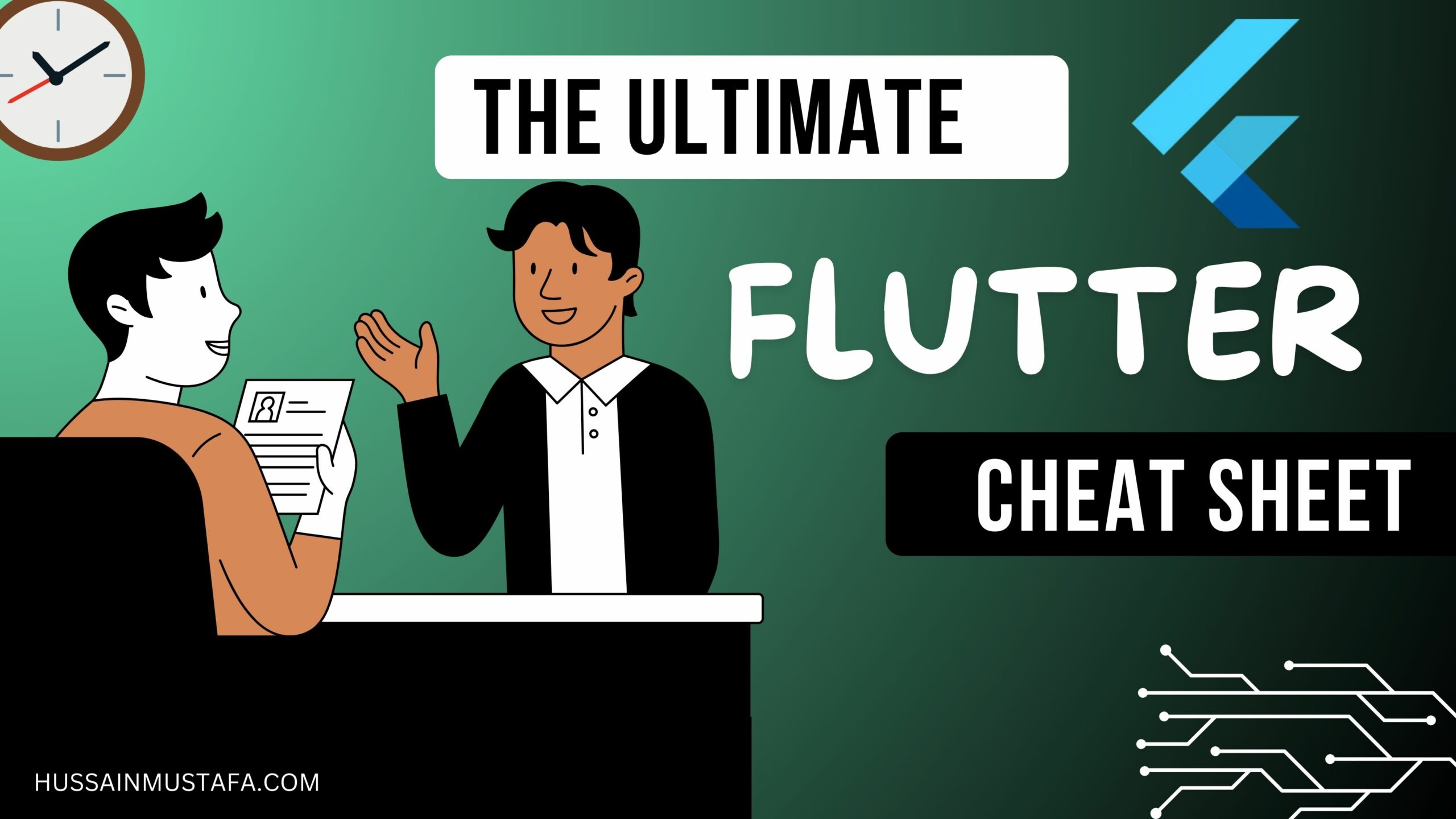

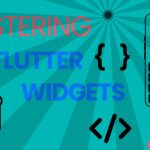


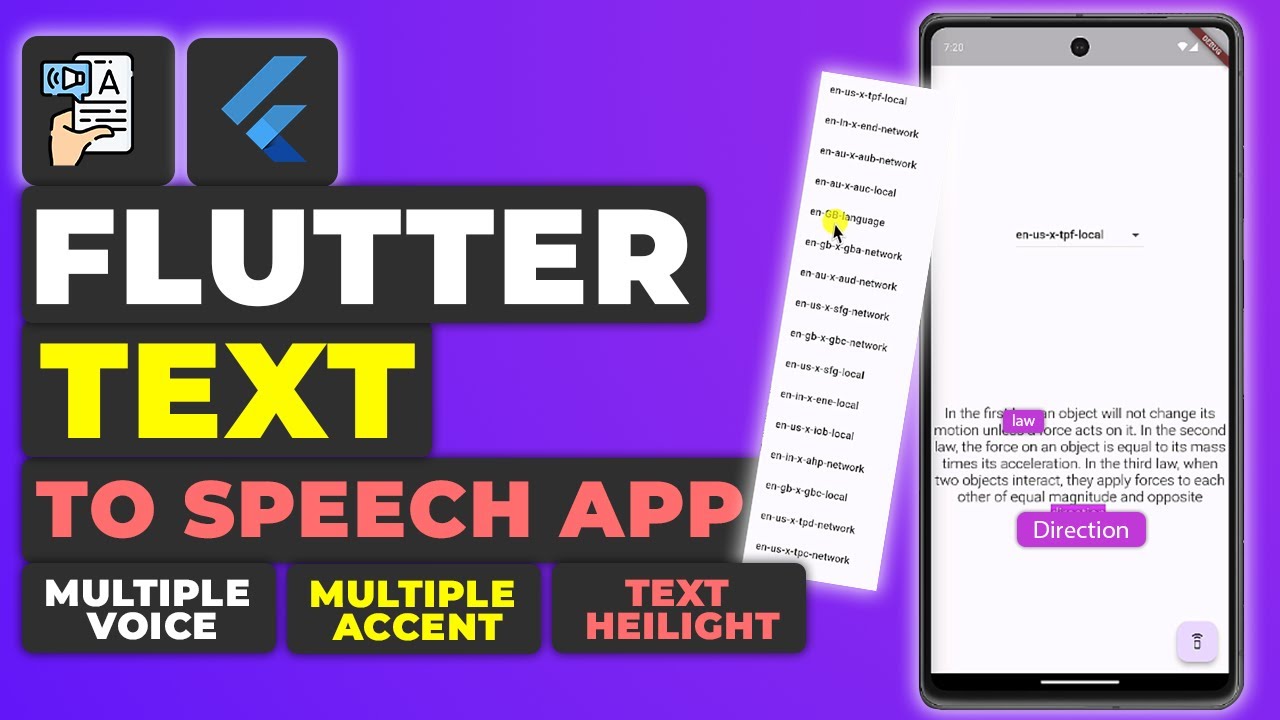
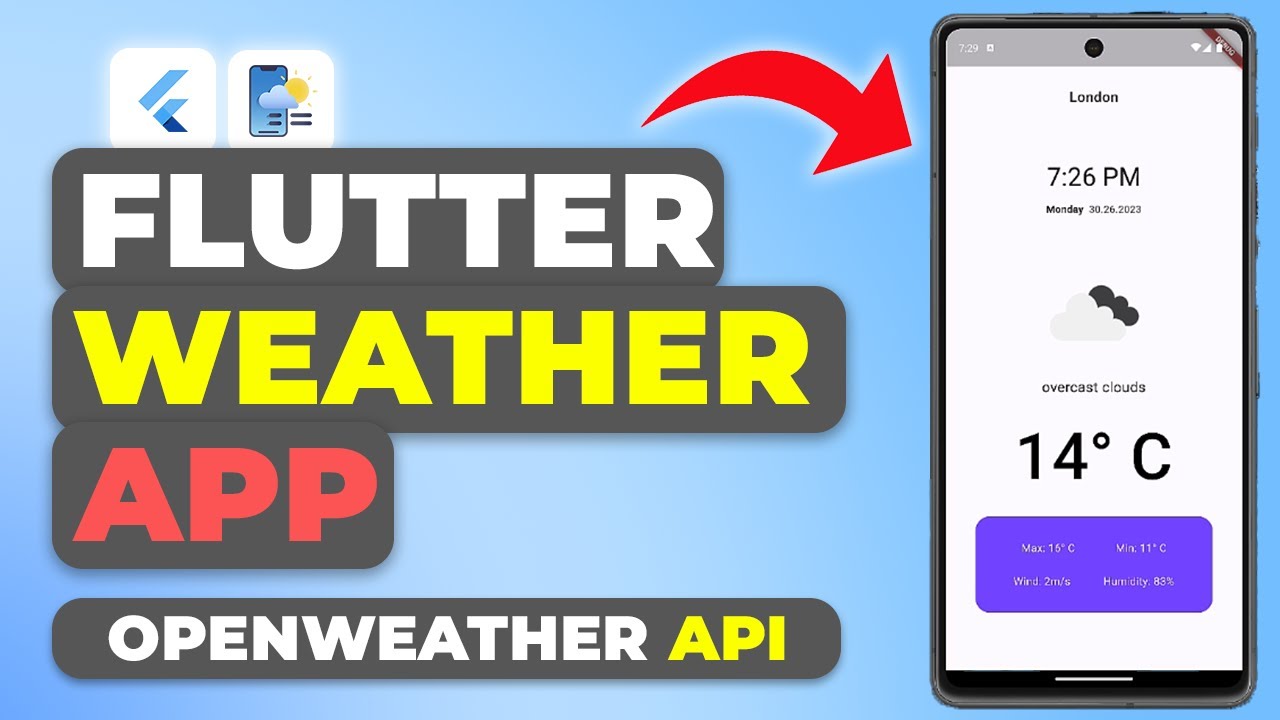


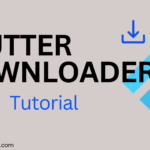



Leave a Reply